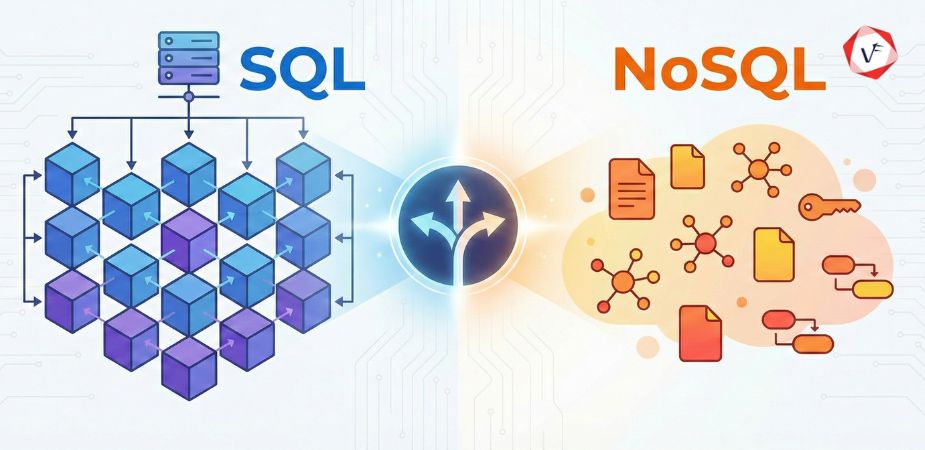Today, our world is evolving significantly as a result of the rapid changes in Technology. One technology that has such unique capabilities to generate an impact on modern industries is Artificial Intelligence. The lifestyles of people beginning from the way they travel, shop, communicate, and work has been changed by AI which gradually strikes into other sectors such as healthcare, agriculture, manufacturing, finance, and more rapidly growing industries. It plays an ever more important role in the business sector too. Cloud computing, machine learning, NLP (Natural Language Processing), and language generation are some of the features abetted by AI to the consumer. The majority of the companies will be forced to implement Artificial intelligence to remain competitive in the field which makes it undeniable that, AI is inevitable for business in the current economy.
How AI improves your business?
The answer depends on your clear-cut needs and expectations on output. Some of the main advantages of implementing AI in your business are shared below,
- Employee productivity can be inflated through routine tasks and process automation.
- Improve marketing activities by generating content based on client requirements.
- Manual systems can be replaced with automated software that saves time and money.
- Human error stemming can be avoided from complex mathematical equations.
- Premier business results can be achieved by tracking insights that predict client needs and enables companies to deliver personalized solutions.
- Sales opportunities can be maximized which increases the revenue.
Applications of Artificial Intelligence
Key steps to implement AI in your business
If you are planning to integrate AI in your business, but don’t know where or how to start, these key steps will guide you to achieve your target
1. AI and ML Differentiation
The most important knowledge you need, to adopt AI in your company but is not sure where to begin will be, learning the difference between Artificial Intelligence (AI) and Machine Learning (ML). Although these are two related technologies, sometimes people use them as a synonym for each other. Their applications are subtly different. Once you learn how to differentiate between them, only then you will be able to identify the suited technology to use.
- Artificial Intelligence: Artificial intelligence is the ability to program machines to mimic human behavior and think like people. It uses algorithms which can work with their intelligence and does not require to be pre-programmed and is endowed with self-studying and problem- solving. Speech, voice, and image recognition are all part of Artificial Intelligence. Applications of AI in day-to-day life include the virtual assistants such as Apple’s Siri, Amazon’s Alexa, Google’s AlphaGo – the computer program which plays the board game Go, etc.
- Machine Learning: Machine learning enables machines to learn and make decisions from past data or experiences without being explicitly programmed. It is a subfield of artificial intelligence. ML uses an enormous amount of labeled, structured, and semi-structured data to generate accurate results or make predictions based on the developed model. One of the ways to achieve AI is Machine learning.
2. Determine your business needs
What you’re trying to achieve and how AI and ML can help you with that should be your next concern once you learn the difference between these two technologies. Firstly answer these questions that help you to define the problems you need to solve.
- What are the end result(s) you wish to see?
- How do you think AI can help your venture move towards success?
- How will you measure your success?
- What are the type of data you are dealing with?
Answering these questions will help you determine your basic needs and then find the most suitable solution for your business.
3. Identify the driver value
The next phase you need to focus on will be to identify the feasible business and financial impacts of your AI project by considering all the potential implementations and their concrete returns. Don’t lose focus of the main picture which has to be high-end customer service and improved employee productivity. Consider the following facts before adding an artificial intelligence-based solution to your existing products and services:
- Solution should not be implemented based on some trends and don’t forget, “A trend popular today may not be popular tomorrow”
- Can you integrate the solution into your daily work processes.
- Will your business operation be boosted with the addition of this solution over the long-term?
4. Internal capabilities
Prioritize your objectives and decide on an approach that works best for you. The approach you choose has to be something which can be achieved within a given time frame – be it:
- Build a new solution from scratch utilizing available internal resources
- Purchasing ready-made products.
- Develop your project collaborating with others.
- Outsourcing
Whichever is the approach you choose, thorough research through the existing solutions is always worth the effort.
5. Consult a Domain Specialist
Developing AI software is quite different from typical software. A lot of experience and skill set is required to create algorithms that enable machines to think. So, if you have a highly skilled developer in hand, then maybe you can build your own AI project. If not, you may choose to outsource your AI requirement to a software development company that have the wisdom and expertise to help you build faultless projects.
6. Know your data
Artificial Intelligence algorithms are powerful and they work fine only if you are well aware of the idea to be implemented and have good resources for the algorithm to learn from. The dataset you use has to be clean and of high- quality. It also has to be:
- Free from incoherent information
- Accurate
- Contains the necessary attributes for performing the tasks.
The dataset has to be updated frequently with high-quality and upgraded information which ensures that the algorithm provides the required results.
7. Start small
Starting with AI does not mean you need to throw out the complete resource set of in-hand data into the initial project, hoping for miracles to occur. You need to be selective in what you use and make sure you know how to use it. Begin with a dataset that is less complex and unroll the solution strategically.
Achieving a few wins gives you the confidence to analyze the performance of your AI algorithm on a brand new dataset. Costly mistakes can be avoided if you gradually shift from cost-effective, low-risk projects to highly ambitious initiatives in the future.
AI is serious business
In-depth knowledge, commitment to accuracy, and a great deal of time are essential to integrate AI into your business. Long term value can be created by putting your ideas to work using the high-end field of Artificial Intelligence with the support of a software development company who have the necessary domain expertise.
Want to discuss a project with our team? Submit the form to contact our offshore development center:



